Automotive Timing Belt Size
Automotive Timing Belt Market Growth Projections and Opportunities
The automotive timing belt market operates within a highly dynamic environment, with several factors influencing its growth and transformation. This market is mainly driven by the relationship between demand and supply sides. The direct consumption of this product is majorly done by the global automobile manufacturing industry. In order to satisfy the customers in terms of efficient and reliable vehicles, automotive manufacturers are compelled to adopt sophisticated systems of timing belts. The latter is caused by heightened focus on fuel efficiency, emission reduction and strict regulatory requirements in the auto industry triggering companies to embrace new technologies concerning timing belts. On the other hand, dynamics in the market from supply side are influenced by competition among different timing belt manufacturers. For instance, there exists a combination of established players as well as emerging entrants who all struggle for increased market share. Established firms often concentrate on innovation, research and development to maintain their competitive advantage. Conversely, new entrants can use cheaper production techniques and be flexible enough to penetrate into this market. As such, there is a continuous cycle of improvement and innovation through which timing belt technologies keep changing contributing significantly to overall dynamism. Global economic conditions also play a crucial role in shaping the automotive timing belt market dynamics. Economic fluctuations can impact consumer purchasing power, influencing the demand for vehicles and subsequently affecting demand for timing belts as well. Moreover, raw material prices are affected by economic conditions hence leading to cost structure changes for producers of timing belts. In addition currency exchange rates plus trade policies make it volatile thus influence global distribution as well as pricing strategies used by suppliers dealing in these products. Technological advancements remain at the core driving force behind changing dynamics within automotive sector especially when it comes to their transmission system typified by power transferring devices such as timing belts among others that they employ during manufacture. These developments present both opportunities and threats for timing belt makers. Traditional internal combustion engines still dominate but increasing adoption of electric cars or even hybrids create demand for redesigned timing companies should change with the times in a market with competitive changes.
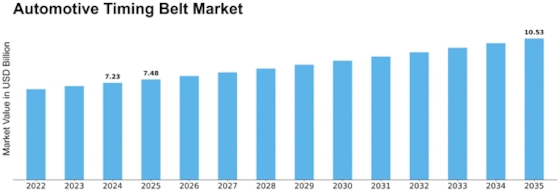

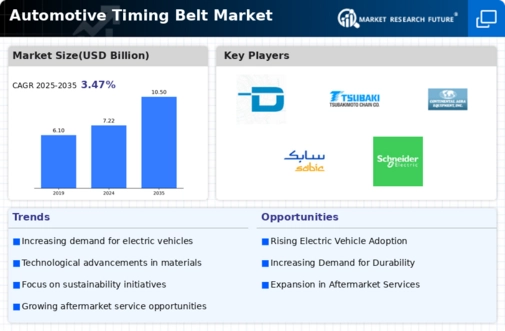
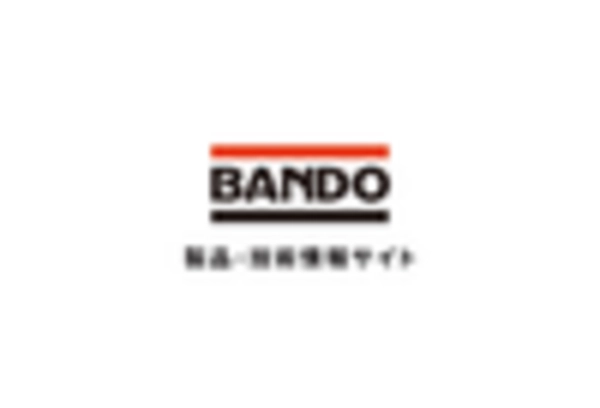

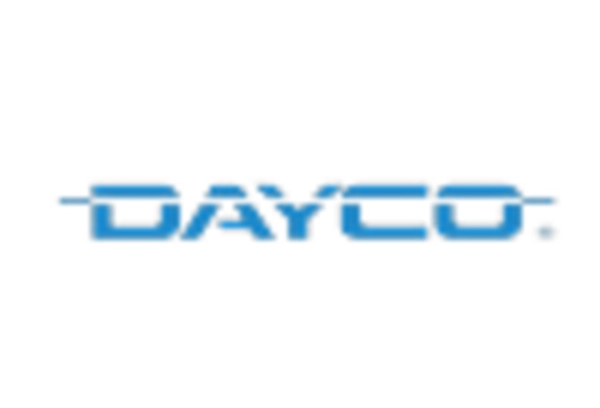
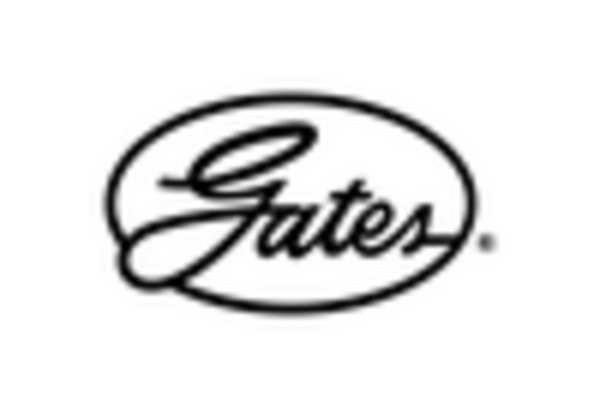
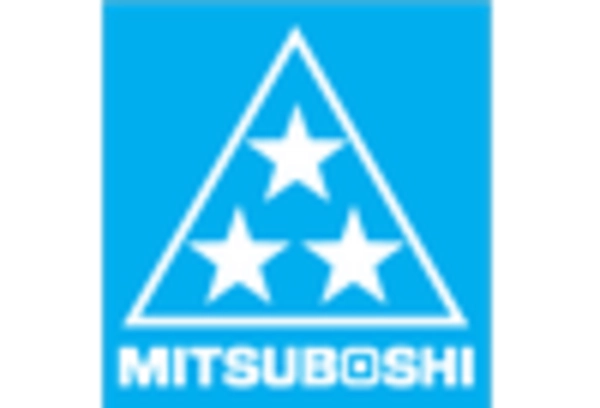
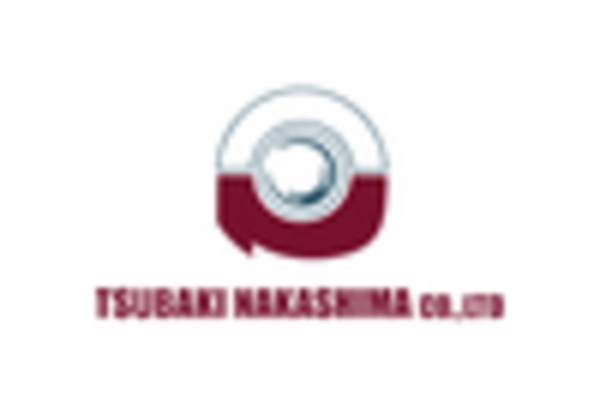









Leave a Comment